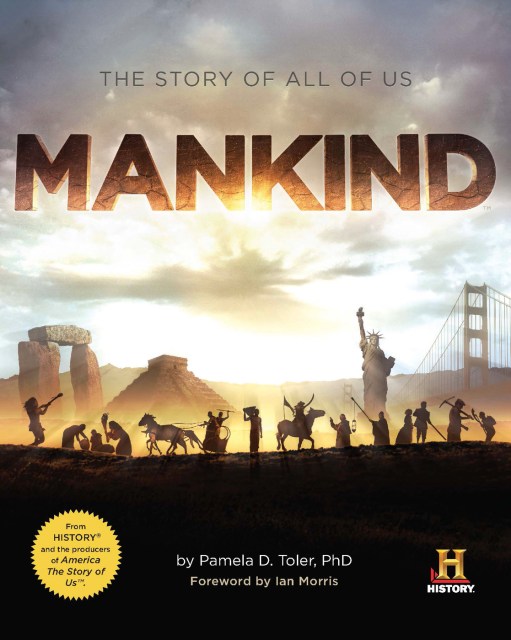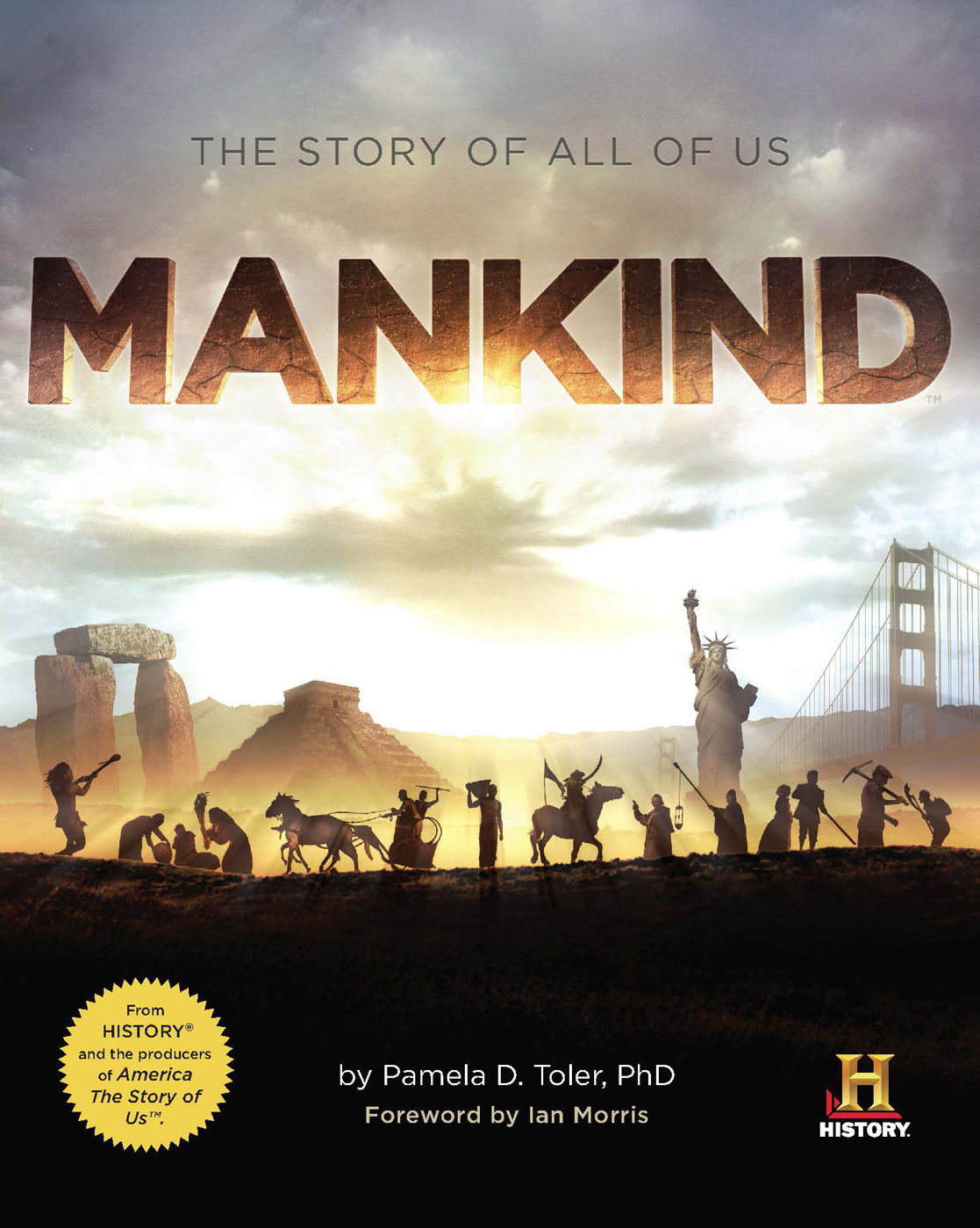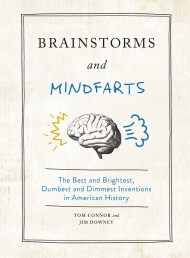Promotion
Use code MOM24 for 20% off site wide + free shipping over $45
Mankind
The Story of All Of Us
Contributors
Formats and Prices
Price
$17.99Price
$22.99 CADFormat
Format:
ebook $17.99 $22.99 CADThis item is a preorder. Your payment method will be charged immediately, and the product is expected to ship on or around October 30, 2012. This date is subject to change due to shipping delays beyond our control.
Also available from:
In conjunction with History Channel’s hit television series by the same name, Mankind is a sweeping history of humans from the birth of the Earth and hunting antelope in Africa’s Rift Valley to the present day with the completion of the Genome project and the birth of the seven billionth human. Like a Hollywood action movie, Mankind is a fast-moving, adventurous history of key events from each major historical epoch that directly affect us today such as the invention of iron, the beginning of Buddhism, the crucifixion of Jesus, the fall of Rome, the invention of the printing press, the Industrial Revolution, and the invention of the computer.
With more than 300 color photographs and maps, Mankind is not only a visual overview of the broad story of civilization, but it also includes illustrated pop-out sidebars explaining distinctions between science and history, such as why there is 700 times more iron than bronze buried in the earth, why pepper is the only food we can taste with our skin, and how a wobble in the earth’s axis helped bring down the Egyptian Empire. This is the most exciting and entertaining history of mankind ever produced.
Genre:
- On Sale
- Oct 30, 2012
- Page Count
- 448 pages
- Publisher
- Running Press
- ISBN-13
- 9780762447176
Newsletter Signup
By clicking ‘Sign Up,’ I acknowledge that I have read and agree to Hachette Book Group’s Privacy Policy and Terms of Use







